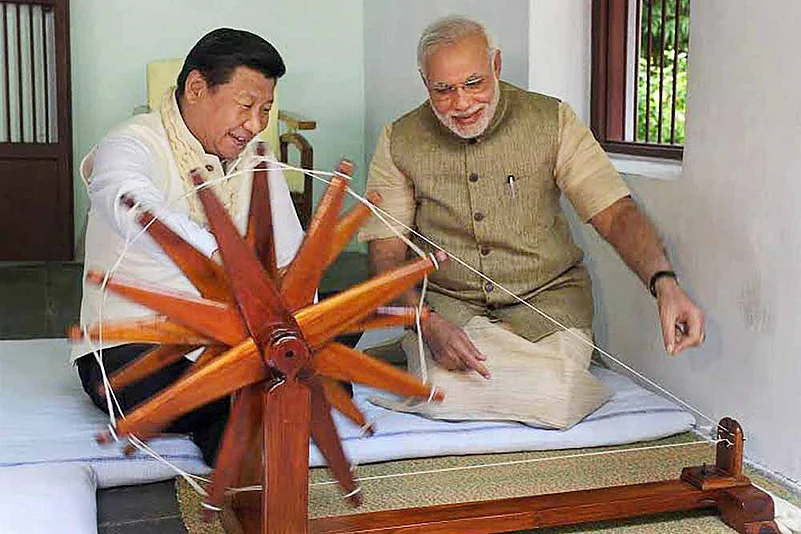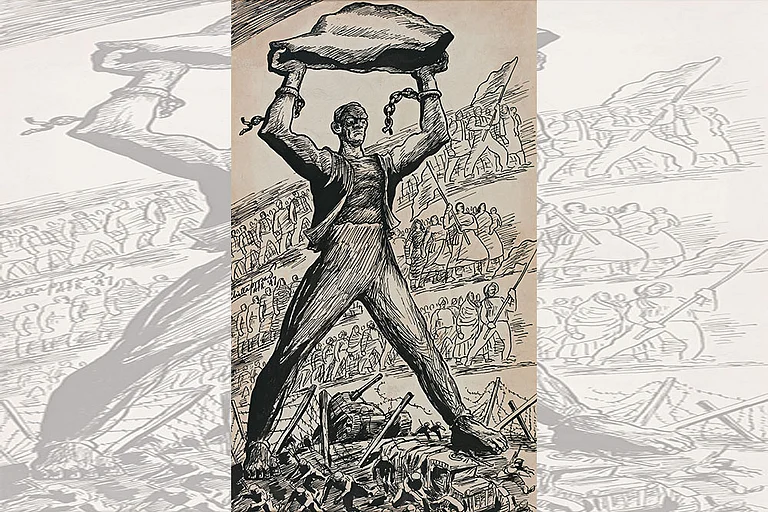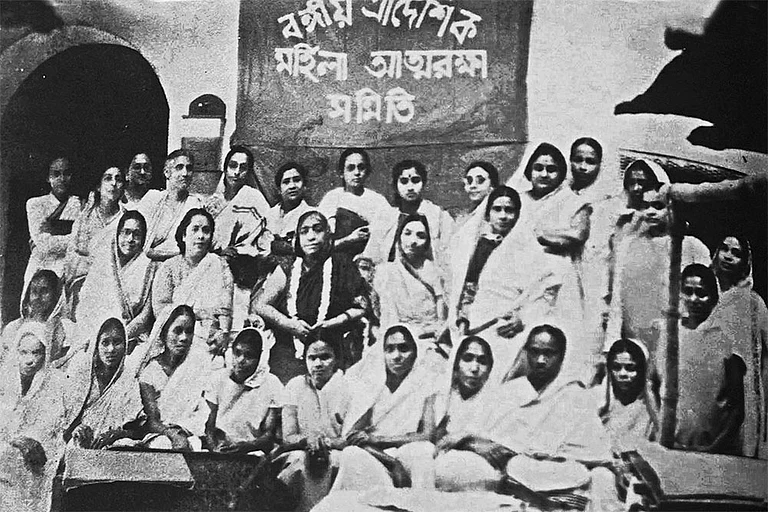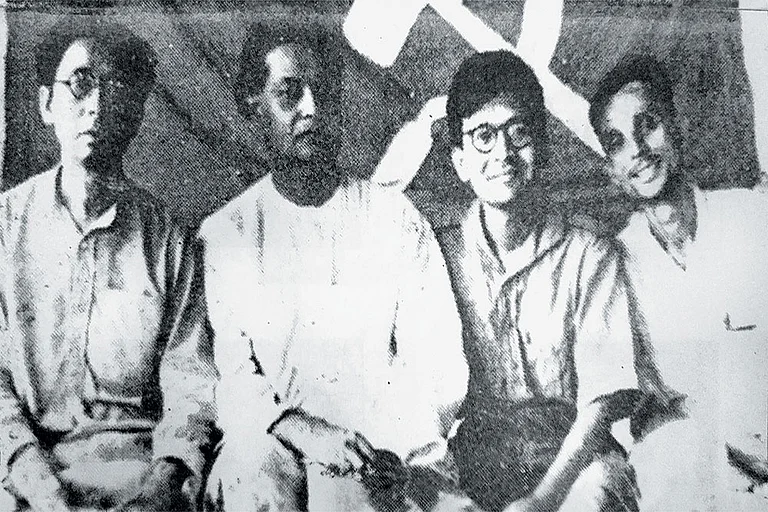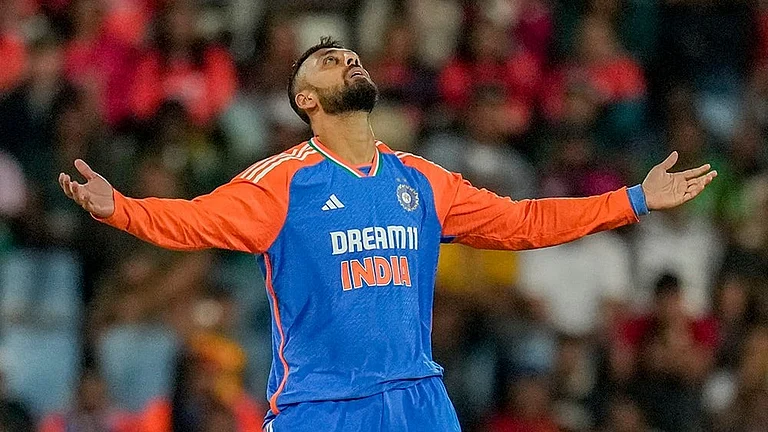China, it seems, is in no mood to back down on Ladakh. With de-escalation along disputed areas of the border with India hitting a roadblock, the military stand-off between the Asian giants continues. To add insult to injury, the Peoples Liberation Army (PLA) made fresh inroads on the Pangon Tso sector over the weekend, which the Indian defence ministry termed “provocative”.
Despite the pretence that the military crisis in the Himalayas is winding down, China’s aggressive posture continues—the Chinese have withdrawn from points they did not wish to or were not in a position to hold, but remained firm on areas that are of strategic interest to the PLA. The Chinese army is digging in for a long haul inside Indian territory.
“The existing situation on the ground is under control…Of course, negotiations are in process and that takes time. We should keep the momentum of dialogue and negotiation, further de-escalate the situation, and properly handle the remaining issues,” the Chinese ambassador to India, Sun Weidong, said in a recent interview, which was released by the embassy.
So, from the Chinese point of view, the situation is very much under control. Its top diplomat in Delhi as well as the foreign affairs spokesperson in Beijing have turned a blind eye to the PLA’s action and is focusing on getting ahead and stabilising relations with India. The message is clear, China is the big daddy in Asia, and India should recognise the new reality.
It cannot be business as usual when Chinese troops are occupying Indian territory. China will have to pay a price for its transgressions. The question, however, remains. What are India’s options? Experts differ.
Some believe it is time for India to take a tough stand and go for military action. Talking to China without holding a single card is of no use. “I have been long advocating that (because) negotiation will get India nowhere, the Indian Army has to embark on a limited war to both vacate the Chinese aggression and to forcefully restore the status quo ante the Modi government claims is its objective, and to go beyond and capture sizeable territory on the China side of the LAC as a bargaining chip and to show Beijing that the two can play at this game,” said strategic analyst Bharat Karnad. He went on to add: “China will not withdraw from areas on the Galwan, Pangong Tso, and the Y-junction on the Depsang Plains, come hell or highwater.” He said India must assert itself and stop being a “sissy”.
Many in the army would agree with Karnad. The 1962 war serves as a reminder–when PLA troops completely outwitted the Indian forces in Arunachal and it is part of institutional memory. But as the army points out, 1962 is not 2020. India is much better equipped than it was at that time. It is time to call the Chinese bluff.
Others, however, call for a pacifist approach. “India’s options are to dig in and look at the entire spectrum. We need patience, and must not act on impulse. Let not either the media or public opinion dictate strategy,” said S.Raghavan, chairman of the National Security Advisory Board (NSAB).
Foreign minister S. Jaishankar has already said diplomatic and political talks are India’s first option. General Bipin Rawat, the Chief of Defence Staff, has talked of a military option being on the table. Raghavan pointed out: “India needs to use an iron fist with a velvet globe to ward off China’s wolf warriors.”
Former ambassador to China, Gautam Bambawale, who played a pivotal role during the Doklam crisis in 2017, says India has several options. Speaking from his home in Pune, Bambawale says: “India has three major options. The first is military action. By this, I don’t mean a full-blown war. But there are things India could consider short of a full-blown war. The next is political and strategic. The third is economic action, which the government has initiated.” He refuses to elaborate, but says the government should do a mix of all three.

Indian soldiers on patrol along the border with China in Ladakh.
The long-term option is to stitch up alliances with countries that see China as a threat. The US, Japan, Australia, Vietnam, Taiwan and the Philippines as well as other nations in East Asia are concerned about Beijing’s aggressive moves. India is already part of the quadrilateral often referred to as the ‘quad’. The US, Japan, Australia and India, the four democracies stretching across the Pacific to Indian oceans, are members. The quad is already in place. It is likely to open its doors to other members. Besides this, Japan is also a permanent member of the annual Indo-US Malabar exercises, which China eyes with suspicion.
The third option that Bambawale laid down has begun with the ban on TikTok and more Chinese apps. Chinese companies such as Huawei and ZTE are out of India’s 5G trials. But will all these hurt China. As of now, interruptions in India-China trade is unlikely to give Chinese companies much pain. But China is investing in India with an eye to future market shares, and that will certainly be affected.
Though there is growing talk of military action against China, considering asymmetry in the military balance, India cannot afford to take on the PLA. China has been steadily modernising its defence capabilities since the 1990s. Purged of its flab, the Chinese army is now an agile, well-oiled fighting force, well-equipped with cyber weapons and supported by an equally modern navy and air force. India is also modernising its military, but will take time to equal China.
Former foreign secretary Shyam Saran is well aware of the asymmetry between the two in military power. “While the situation is difficult and the impasse is continuing, we should hang in there, prevent further transgressions and continue with military- and diplomatic-level talks so long as both sides find them useful. The international environment may also change in a manner that persuades China to be more flexible and accommodating on the border question.”
China’s assertiveness is not new. But since the pandemic, China has been downright aggressive across Asia. While the PLA was pushing across the LAC in Ladakh, it has also been flexing its muscles in the South China Sea and the larger Indo-Pacific region. Such action raised alarms across Asia, as well as in Washington and European capitals.
The flipside for China is that the pushback has already begun, with the US ready with a belligerent response. And in the years to come the challenge from China will accentuate. A change of government in Washington will not make a difference as the Democrats are equally wary of China’s unfettered rise. At the moment, China may be supremely confident, but the pulls and pressures of international politics may force President Xi Jinping to change tactics.
After the latest Chinese move in Ladakh, talks may prove futile. With a Shanghai Cooperation Organisation meeting slated in Moscow, which both India and China will attend, speculation of a meeting between foreign minister Jaishankar and Wang Yi are on. There is no confirmation yet of Jaishankar’s visit for the September 10 meeting of SCO foreign ministers.
But Rajnath Singh has left for Russia for the defence ministers’ meet–September 3 and 4. But India has withdrawn from the SCO multi-lateral military exercises. Playing war games with PLA is not on for now. Indian and Chinese forces are in for a long, cold winter unless good sense prevails.







